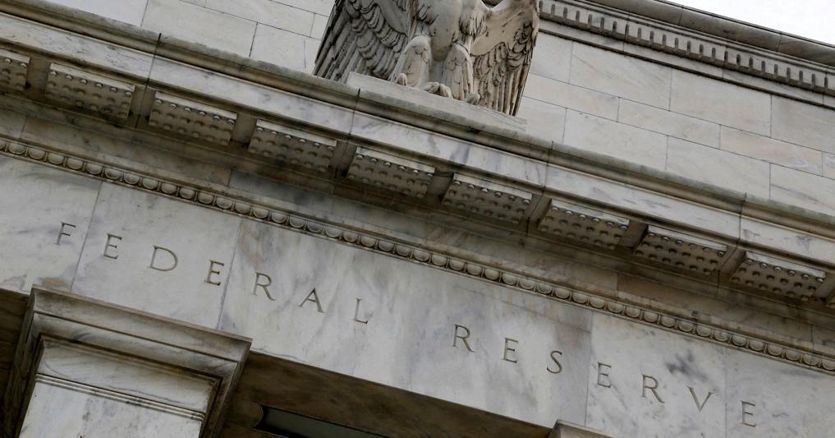The Federal Reserve is ready to tighten again. As soon as possible, almost certainly after the meeting of 3 and 4 May, the reduction of the securities portfolio will begin, now amounting to 8,900 billion dollars, at a rate that could reach 95 when fully operational (in three months or so). billion per month: 60 billion of government bonds and 35 billion of mortgage backed securities.
Rises of 0.50 percentage points are on the way
The “minutes”, the summaries of the minutes, of the meeting of March 15-16 published on April 6, also revealed that “many” of the participants in meetings of the Monetary Policy Committee, the Federal Open Market Committee (Fomc) would have preferred to raise the rates of 0.50 percentage points, and not the 0.25 points then decided in the light of the uncertainty created by the Russian invasion of Ukraine. “Several” of them however believe that one or more 0.50 point hikes might be appropriate in the next meeting.
A squeeze foretold
It is not a surprise. The markets were already warned. On Tuesday 5 April, the words of Vice President Lael Brainard, who has long been a “dove” and has now taken a decidedly favorable stance for a quick squeeze, were particularly striking. A tightening not only “quantitative”, in the sense of a reduction in the size of the balance sheet, but also in terms of a rise in interest rates.
Rates towards 2.25-2.50%
“Our communication – said the vice president – resulted in broad market expectations for a rapid increase in rates towards the natural level” (which should correspond to 2.25-2.50%, according to the indications of the central bankers themselves. ). Expectations now point to a 0.50 percentage point hike in May, and her words in no way negate this indication. No different were the words, Friday 2 April, of the president of the Federal Reserve of New York John Williams.

Less hot inflation expectations
Markets have actually responded quite well to the attempt by the Fed and its chairman Jerome Powell to shape inflation expectations which, in market measures, have dropped. Above all, the five-year break even – the differential between the rates expressed by the five-year bonds and the yields of the bonds with the same duration indexed to inflation – which had reached 3.59% on March 25, fell to 3.28. %, an unsatisfactory level but which in any case signals a cooling of expectations. The ten-year break evens, at 2.8%, are already at more contained levels while inflation rate swaps, at 2.32%, have remained fairly stable, a sign that the market recognizes and has confidence in the Fed’s credibility.
–


